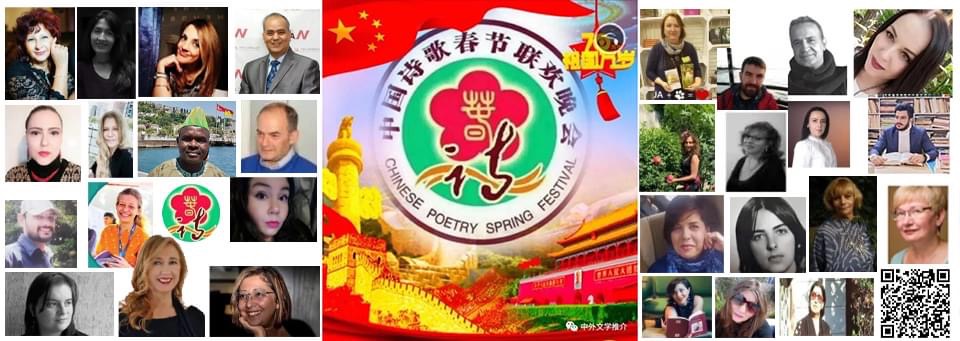Why Do Dictators Kill Cartoonists?

Credit: Wikipedia
Naji al-Ali was the most significant cartoonist in the Arab world; his works have been published in almost every publication of Arab media, but thirty years ago, he was gunned down on the streets of London—where he had fled to from Kuwait three years earlier upon receiving death threats.
The unknown killers were never arrested, and the police recently reopened the investigation.
Ali, the Palestinian refugee, was known as “a fearless critic of all authority” and his drawings continue to appear in graffiti and newspapers, especially his signature character, Handala, the young refugee boy—shoeless and in tatters—who witnesses the world’s tragedies on the reader’s behalf as his back is always toward us”.
The cartoon character, Ali once said, symbolized his lost childhood as he had fled from a village near Nazareth in what was the British Mandate of Palestine during the founding of the State of Israel in 1948 and the ensuing Nakba, meaning “catastrophe,” as the following mass Palestinian exodus is known.
Ali told the Egyptian novelist Radwa Ashour in 1985 of his iconic character through the Al-Arabi magazine interview:
“He was the same age as me when I had left Palestine, and, in a sense, I am still that age today. … The character of Handala was a sort of icon that protected my soul from falling whenever I felt sluggish or I was ignoring my duty. That child was like a splash of fresh water on my forehead, bringing me to attention and keeping me from error and loss. He was the arrow of the compass, pointing steadily towards Palestine. Not just Palestine in geographical terms, but Palestine in its humanitarian sense—the symbol of a just cause, whether it is located in Egypt, Vietnam, or South Africa.”
Although there are suspicions that Ali’s killers point to some Palestinian officials, whom Ali and often criticized for making peace with the new occupants, no confirmation can be suggested for such allegations.
Another cartoonist was lucky enough to avoid being killed, but his fingers; his tools for drawing were broken.
It happened when the dissident cartoonist and long-time opponent of the Syrian regime Ali Ferzat was kidnapped by masked gunmen and badly beaten up. He was found bleeding on the road to the airport and was rushed to a hospital.
Ferzat, then in his late fifties, is one of the most important and famous cartoonists in the Arab region. He was born in 1956 in Hama (north Syria), currently lives in Damascus, and is highly critical of the Bashar Al-Assad regime for its brutality.
He has published his works in many Syrian, Arabic, and Western newspapers, including the French Le Monde, and won many national and international awards, including the first prize at the Damascus Caricature Festival in 1980 and 1982, first prize at the Sophia International Festival in Bulgaria in 1987, and the Dutch Prince Claus Award in 2002.
In a recent interview on Al-Arabiya Channel, Ferzat said that he met Al-Assad before in one of his exhibitions, and was told by him that his cartoons shouldn’t have been banned. However, under Bashar’s regime, Ferzat was subject to strident censorship, finding it hard to publish his works.
One of his most ambitious projects was the satirical newspaper Al-Domary (The Lamplighter), which closed down in 2003 due its outspoken material against corruption within the government. The newspaper was highly successful; its first issue, of which 50,000 copies were printed, sold out in an instant.
In an interview on the cultural website Al-Awan, Ferzat told the story of the closing down of Al-Domary saying that the government used means of blackmail and intimidation (As retold in Al-Ahram Weekly).
On this line, it seems dictators are not only those who sit directly in the presidential palace, as the religious figures are becoming more dangers.
In this context, there is no need to order cartoonists to be killed, it is enough simply to issue a Fatwa to forbid all forms of criticism and fanatic killers are ready to make that a reality. Such was the case when two masked men brandishing Kalashnikovs burst into Charlie Hebdo Magazine’s headquarters in Paris with AK-47s, opening fire on staff, shooting everyone dead.
The attackers were reportedly heard shouting, “The Prophet has been avenged” and stalked the office asking people’s names before killing editor and cartoonist.
Among the slain was Stephane Charbonnier, the defiant editor whose satirical newspaper dared to poke fun at everything from religion to feminism.
They stood defiantly for freedom of speech and paid the highest price. They became the slain cartoonists who were called out by name and slaughtered for “insulting the Prophet”
There were more reports that Michel Renaud, Philippe Honore, and Mustapha Ourad had also died, along with two police officers, Ahmed Merabet and Franck Brinsolaro. Editor Charlie Hedbo had said “I’d prefer to die standing than live on my knees”.
This is the case of societies deprived of the freedom of expression—to even laugh! In such nations, ill psyche grows and hatred for others is harvested. With such suppression, nightmares are becoming reality.
By Ashraf Aboul-Yazid (Dali)







